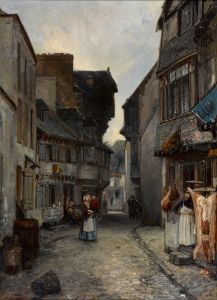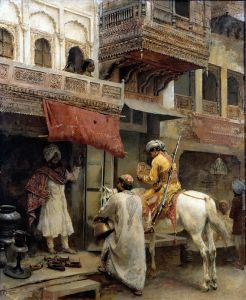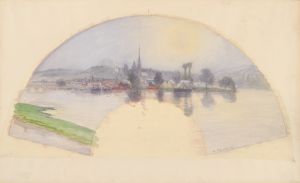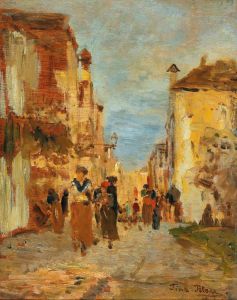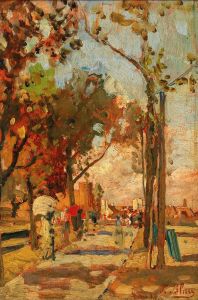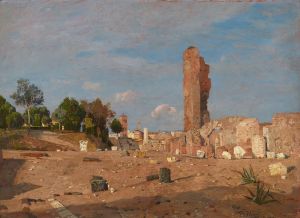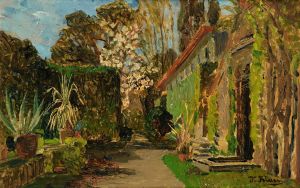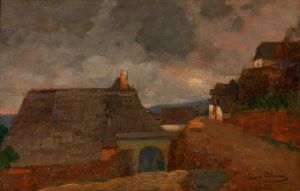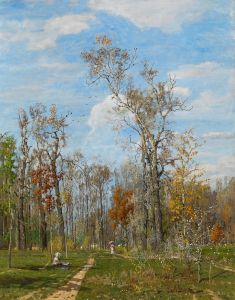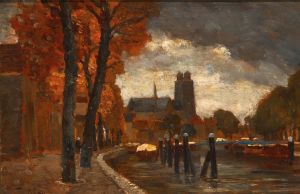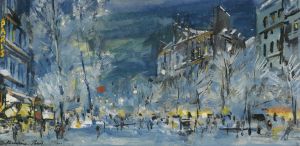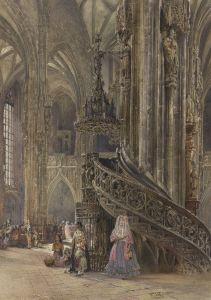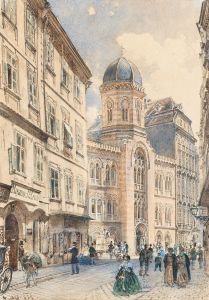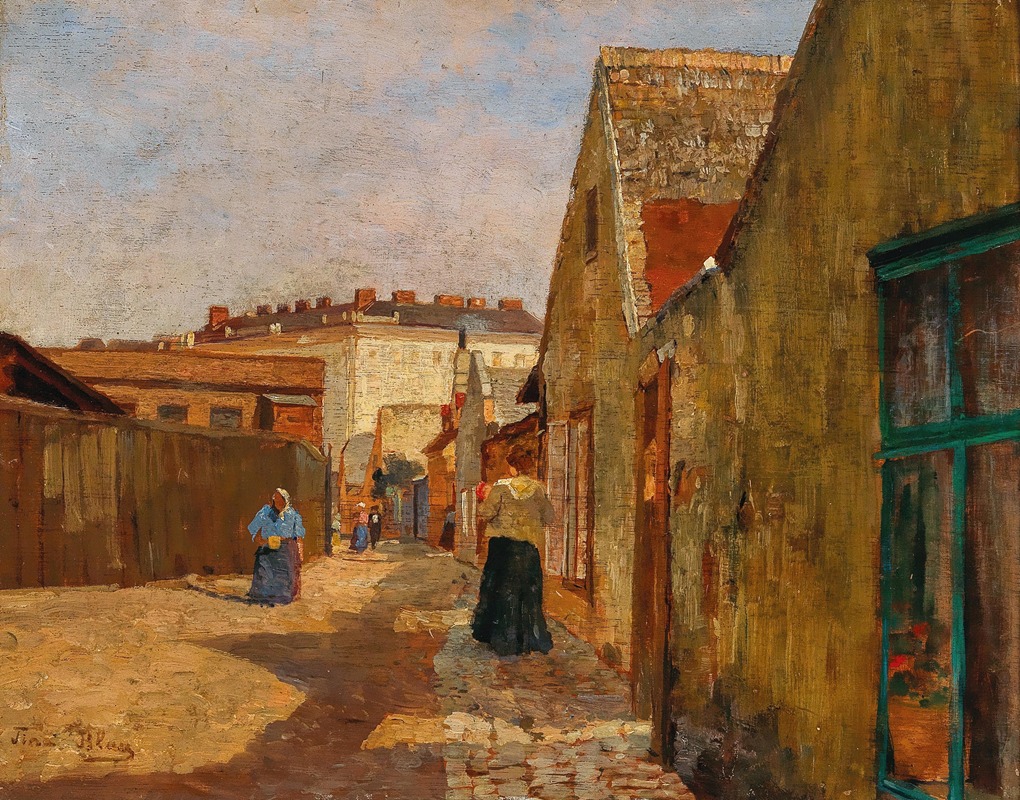
A Dead-End Street in Vienna-Erdberg
A hand-painted replica of Tina Blau’s masterpiece A Dead-End Street in Vienna-Erdberg, meticulously crafted by professional artists to capture the true essence of the original. Each piece is created with museum-quality canvas and rare mineral pigments, carefully painted by experienced artists with delicate brushstrokes and rich, layered colors to perfectly recreate the texture of the original artwork. Unlike machine-printed reproductions, this hand-painted version brings the painting to life, infused with the artist’s emotions and skill in every stroke. Whether for personal collection or home decoration, it instantly elevates the artistic atmosphere of any space.
Tina Blau's painting A Dead-End Street in Vienna-Erdberg is a notable work by the Austrian landscape painter, who was one of the most prominent female artists of the 19th century. Created in 1883, the painting depicts a quiet, unassuming street in the Erdberg district of Vienna, Austria. This work is characteristic of Blau's style, which often combined elements of realism and impressionism, focusing on natural light and atmospheric effects.
The painting captures a tranquil urban scene, with a narrow, cobblestone street flanked by modest buildings and shaded by trees. The composition emphasizes the interplay of light and shadow, a hallmark of Blau's work, as sunlight filters through the foliage and illuminates parts of the street. The muted color palette and attention to detail reflect Blau's dedication to portraying everyday life with authenticity and sensitivity.
Tina Blau was a pioneering figure in the art world, breaking barriers as a woman in a male-dominated field. She studied at the Kunstschule für Frauen und Mädchen (School of Art for Women and Girls) in Vienna and later trained under prominent artists such as August Schaeffer and Emil Jakob Schindler. Blau's work was influenced by the plein air painting tradition, which emphasized painting outdoors to capture the natural environment directly.
Blau's choice of subject matter in A Dead-End Street in Vienna-Erdberg aligns with her broader artistic focus on landscapes and urban scenes. Rather than grandiose or dramatic settings, she often depicted quiet, everyday moments, imbuing them with a sense of serenity and timelessness. This approach set her apart from many of her contemporaries and contributed to her reputation as a master of atmospheric landscapes.
The painting is also significant as a representation of Vienna during the late 19th century, a period of rapid urbanization and cultural change. The Erdberg district, located in the southeastern part of the city, was historically a working-class area. Blau's depiction of this modest neighborhood offers a glimpse into the less glamorous but equally vital aspects of Viennese life during this era.
Today, Tina Blau is recognized as one of Austria's foremost landscape painters, and her works are celebrated for their technical skill and emotional depth. A Dead-End Street in Vienna-Erdberg exemplifies her ability to find beauty in the ordinary and to convey a sense of place with remarkable clarity and nuance. The painting is part of the collection of the Belvedere Museum in Vienna, where it continues to be appreciated by art enthusiasts and scholars alike.





